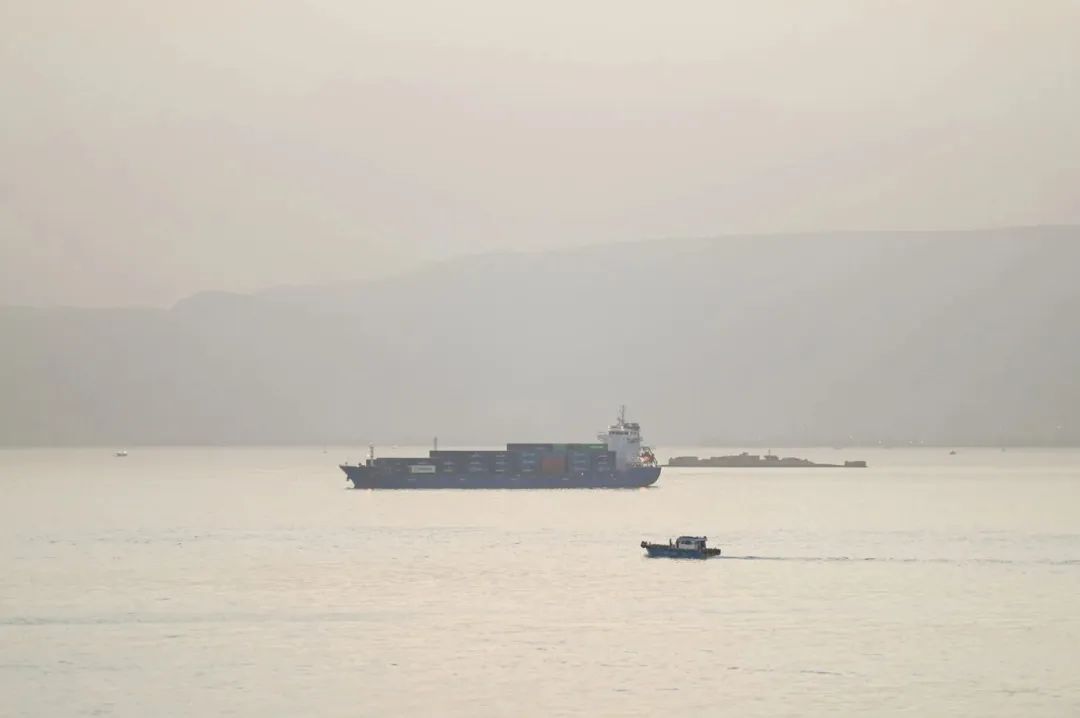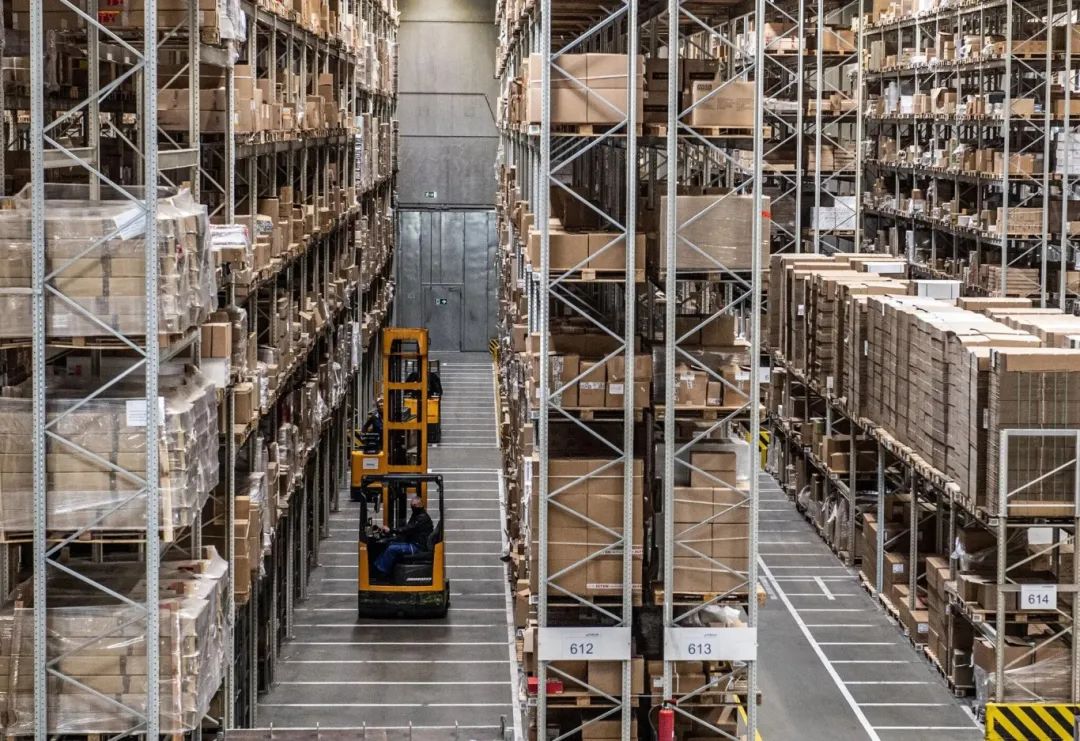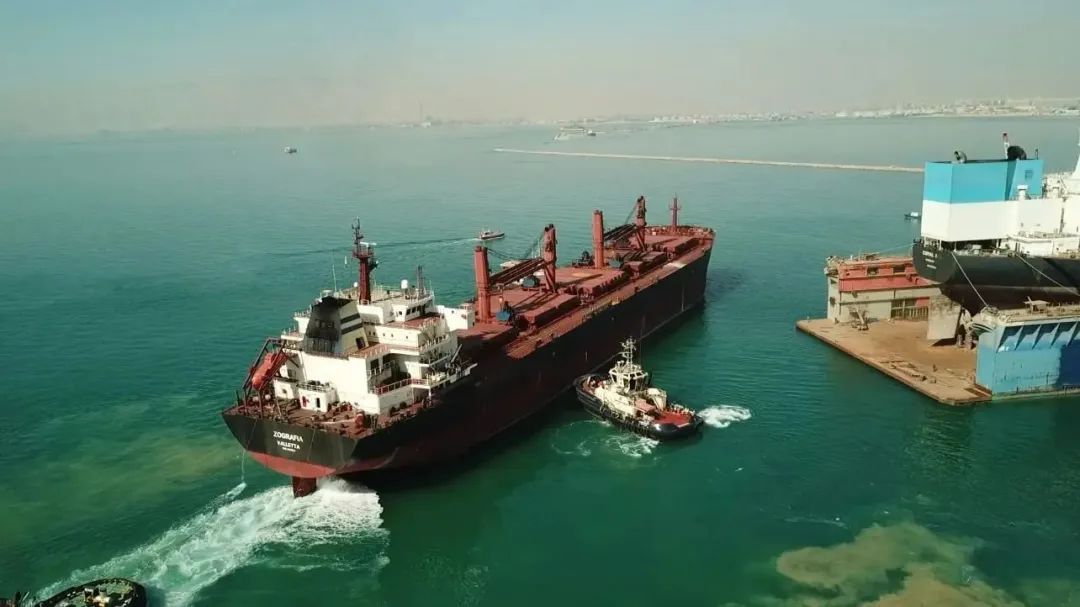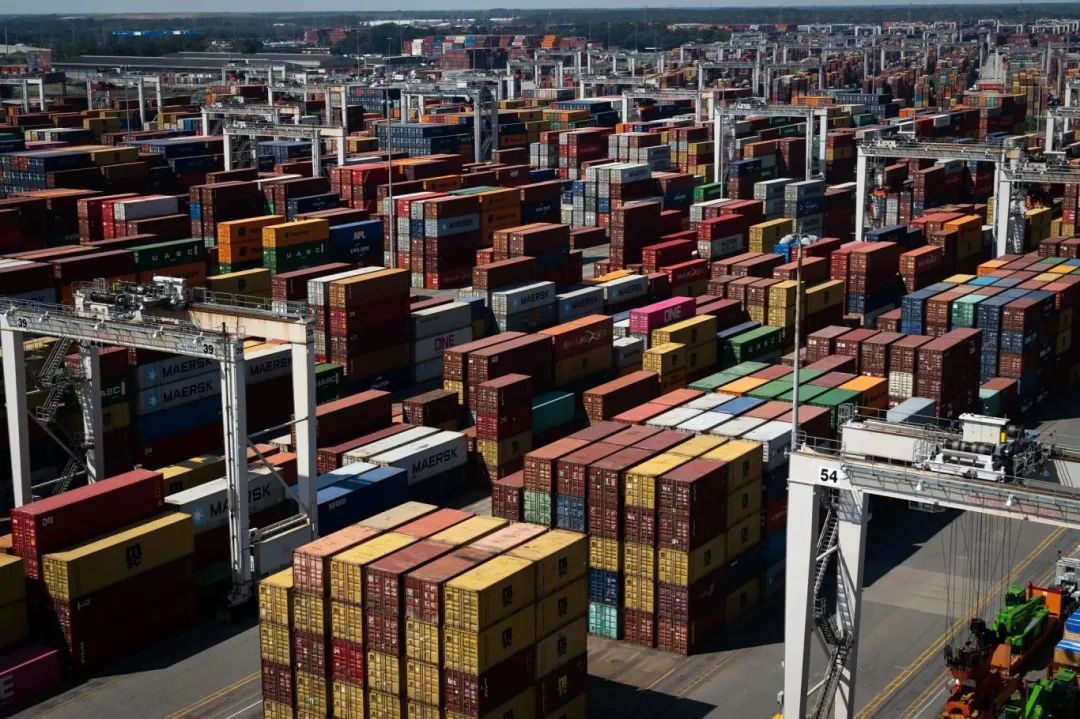|
|
|
|
|
|

|
International Cooperation Department
Tel.: (+86-21) 65853850-8034
Fax: (+86-21) 65373125
E-mail: ICDept@sisi-smu.org
|
|
|
|

|
International Shipping |
|
| Supply Chain Emergency! Unprecedented Challenges for Global Logistics |
|
Date:2024-07-02 Readers:
|
The floating traffic jams outside the harbour, the rising cost of freight and the shortage of commodities during the New Crown epidemic all seem to have left us with many bad memories.

A container ship travelling through the Suez Canal in January this year.
As head of the Americas maritime division at Germany's Rhenus Logistics, Stephanie Loomis spends her days negotiating with international shipping companies on behalf of her clients, helping them move products and parts around the globe. She had hoped that the disruption in the global supply chain had begun to ease, but that was not to be. As the shipping market has been hit by a series of turbulent events over the past few months, Loomis has witnessed first-hand the harshness of rising freight rates, which has caused her no small amount of shock and concern.
Beginning late last year, Yemen's Houthi militant group opened fire on ships sailing into the Red Sea and bound for the Suez Canal. The Suez Canal is an important shipping route connecting Asia, Europe and the East Coast of the United States. This incident forced most of the ships to divert around Africa and the voyage was extended by two weeks.
Subsequently, a severe drought in Central America caused water levels in the Panama Canal to drop, forcing authorities to limit the number of ships passing through. And in recent weeks, dockworkers on the U.S. East Coast and Gulf Coast have threatened to go on strike, while dockworkers in several German ports have shut down to fight for higher pay. Railway workers in Canada are also preparing to strike, which would jeopardise freight transport across North America and could create backlogs at major ports such as Vancouver.
Meanwhile, growing shipping unrest has prompted carriers to raise rates and the annual shipping season has arrived earlier than expected, adding to port congestion and also creating an unfavourable situation of water traffic jams. These factors could once again lead to retailers facing shortages of goods during the holiday season, and the disruption could also exacerbate inflation and spark economic anxiety. Supply chain disruption during previous epidemics has demonstrated the point that problems, wherever they occur, tend to have a wide-ranging knock-on effect.

Staff work at the warehouse of global logistics service provider Reynolds Group in Grossbeeren, near Berlin, in 2020.
A container ship full of chemicals that arrives late can cause delays in production at the factories waiting for these raw materials. Vessel blockages in ports can seriously disrupt the flow of goods, leading to congested warehouses and putting pressure on the truck and rail transport industry.
"In many ways, we're back to where we were during the epidemic," Loomis said, "and it's happening again."
Peak shipping rates
Niki Frank, chief executive of DHL Global Forwarding Asia Pacific, said the annual shipping peak season appeared to be fuelled by replenishment activity, particularly in the US, as well as early shipments by customers anticipating increased demand. At the same time, soaring container rates have increased the risk of buyers experiencing another price hike, much like the post-epidemic inflation spike that central banks are still struggling to contain.
Freight rates had stabilised in April, but May saw "a significant increase in Chinese seaborne exports of e-commerce, electric vehicles and renewable energy-related goods", said Asia-focused freight forwarder China Philharmonic International Logistics Group.
"The peak season, which traditionally starts in June, was brought forward by a month, leading to a spike in freight rates."
Ocean imports from Asia to Europe are also showing signs of the restocking season entering its peak season - pushing freight rates to 2024 highs, according to Judah Levine of freight platform Freightos.
Container freight rates from Asia to the US and Europe have tripled since the beginning of 2024.The cost of shipping a 40-foot container from China to Europe has risen from an average of about $1,200 to about $7,000 since October last year, Xeneta's data shows. While that price is well below the peak of $15,000 at the height of the supply chain disruption at the end of 2021, it is still about five times the price in the years before the epidemic.
Trans-Pacific cargo rates have also risen sharply. It now costs more than $6,700 to ship a 40-foot container Shanghai-Los Angeles, and nearly $8,000 Shanghai-New York. "We haven't even seen the peak in freight rates yet," said Peter Sander, principal analyst at Xeneta.
Importers who rely on ocean freight are facing a growing problem: carriers are frequently cancelling confirmed bookings and using them as a condition to demand additional special handling and premium service fees to ensure containers can be successfully loaded.
"The process of getting containers is now becoming a struggle," said David Reich, head of MSRF, a Chicago-based food importer, "and that's really frustrating." Reich is accelerating plans to stock up for the holidays in the face of a variety of growing threats in the maritime market. He is pressing suppliers in China to speed up production of food packaging in anticipation of potential shipping delays.
To ship four containers a week from China to Chicago, Reich has contracted with two shipping companies for less than $5,000. But he was recently told that the companies were adding rising "peak season surcharges" of up to $2,400 per container. Even after paying these fees, Reich complains, the shipping companies often say they have no extra space on board. He is beginning to worry that he will have to turn to the spot market, where prices fluctuate wildly, to make bookings, with rates now reaching $8,000.
Spot rates reflect supply and demand in a competitive global market," the World Shipping Council said in an e-mailed statement. Most container traffic is carried at rates negotiated through long-term contracts." But experts dispute this, pointing out that container shipping does not have enough competition on major routes, so shipping lines can be able to raise prices dramatically when the system is tight.
Three major shipping alliances control 95 per cent of container shipping between Asia and Europe and more than 90 per cent of ocean shipping between Asia and the US East Coast, the International Transport Forum (ITF) said. At the height of the epidemic, retailers had to pay up to $28,000 to ship a container across the Pacific Ocean due to extreme delays and product shortages. The industry as a whole made record profits as a result.
Sports brand New Balance relied to some extent on its factories in the United States and contracts with shipping companies that locked in prices to stabilise the situation. However, the company has had to pay sharply higher spot rates in some cases. Dave Wheeler, the company's chief operating officer, said in an email that "these price increases are comparable to those seen during the height of the outbreak, which were in excess of 40 per cent per month." He went on to add that shipping companies have cancelled some planned flights and reduced capacity.
Severe port congestion
The most direct cause of the recent increase in shipping prices is Yemen's Houthi ship attacks in the Red Sea. This predicament is escalating as the Houthis increase the number of attacks. In addition to missile strikes, they are using drone boats at sea loaded with explosives. In recent weeks, such attacks have resulted in the sinking of two ships, including a Greek vessel carrying coal.

A publicity photo provided by the Suez Canal Authority shows a Greek bulk carrier (left) moored at the Suez shipyard in Ismailia, Egypt, in January this year. The ship was damaged by a Houthi anti-ship ballistic missile attack in the Red Sea and is currently undergoing repair work.
With container traffic through the Suez Canal down to one-tenth of its usual level, most ships travelling from Asia to Europe are now choosing to bypass Africa, increasing fuel consumption. Shipping companies are also now concentrating their fleets on the most lucrative routes, those linking Shanghai to destinations such as the port of Rotterdam, Europe's busiest, resulting in cargoes bound elsewhere having to stop at major hubs, known as transhipment ports, to be loaded and exchanged.
Recently, the largest transhipment ports, including Singapore and Sri Lanka's capital Colombo, are now crowded with incoming vessels, which must anchor and wait up to a week to dock. Considering the transport disruption and additional costs, freight rates are inevitable. But some industry insiders believe that carriers are raising prices beyond the scope of their own additional cost recovery.
Congestion at Singapore's container port has reached its worst level since the outbreak of the New Crown epidemic, signalling that the Red Sea attack has disrupted global shipping. Other Asian and European ports are also experiencing bottlenecks.
Linerlytica said this month that global port congestion has reached its highest level in 18 months, with 60 per cent of ships waiting at anchor located in Asia. As of mid-June, ships with a total capacity of more than 2.4 million TEUs were waiting at berth.
Ships unload large volumes of cargo at once at large transshipment hubs such as Singapore, where they are then unloaded and reloaded onto a different vessel to complete the last leg of their journey and abandon subsequent voyages to catch up with schedules.According to Jayendu Krishna, vice-president of Drewry, "[Carriers] are trying to control this by dropping boxes into transshipment centres ." Drewry said the average cargo discharge in Singapore increased by 22 per cent between January and May, which had a significant impact on port productivity.Drewry expects congestion at major transhipment ports to remain high, but it is expected to ease as carriers increase capacity and resume flights.
"Shipping companies learned a lesson during the epidemic," said Loomis, "they will manipulate capacity and raise freight rates significantly."
As importers come to terms with the reality of higher freight rates and port congestion, they are placing orders ahead of time. That could lead to a surge of cargo at major ports like Los Angeles, Newark and Savannah, Georgia, outpacing the capacity of trucking, rail and warehousing facilities.

The Port of Savannah, Georgia in 2021.
Tennessee-based F9 Brands has been increasing its orders in the face of longer delivery times, says CEO Jason Delves.F9 Brands ships cabinets from its factories in Vietnam, Thailand and Malaysia to the Port of Savannah, where they are then shipped by rail and truck to warehouses in Tennessee. Normally that journey takes six weeks. "Now it's extended to more than eight weeks," says Delves.
The worrisome reality is that no one knows how long this latest disruption will last or how it will end. Restrictions on the Panama Canal have largely been lifted as water is replenished during the rainy season. But climate change is increasing the risk of future droughts; on the other hand, the Houthi attacks and their impact on the Suez Canal involve huge geopolitical variables that make predictions difficult.
https://www.cnss.com.cn/html/hygc/20240630/353948.html
|
|
 Back:
SCFI, up 12 weeks in a row!
Back:
SCFI, up 12 weeks in a row!
 Next:
2024 Container ship schedule reliability bounces back to highest levels
Next:
2024 Container ship schedule reliability bounces back to highest levels
|
|
|
|
|
|
|